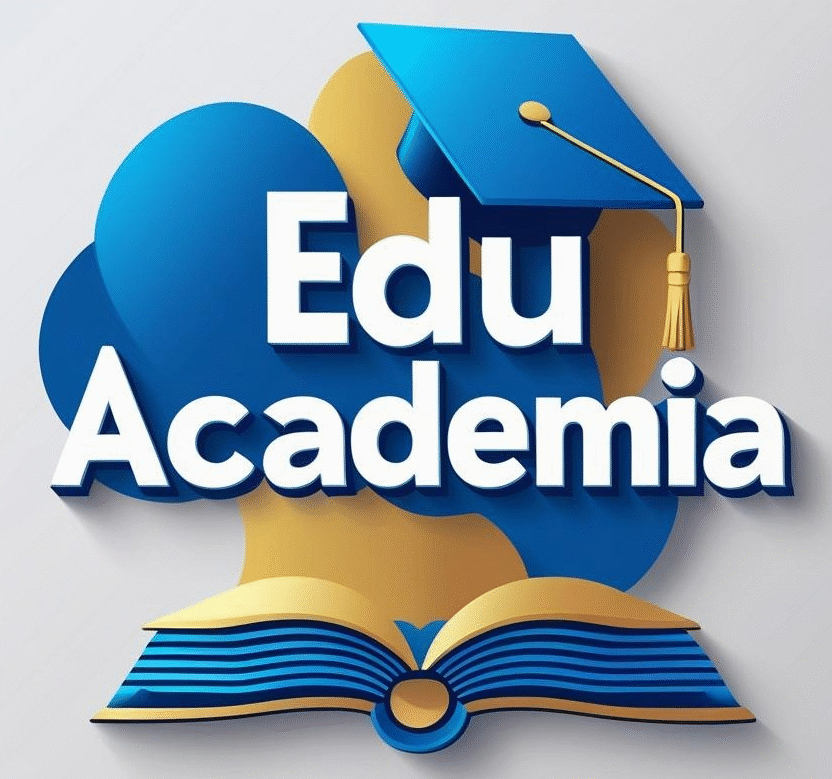Introduction
nnnnAssessment is a fundamental component of education, serving as a means to measure student learning, guide instructional decisions, and ensure educational accountability. Through effective assessment, educators can gauge students’ comprehension, identify areas for improvement, and tailor teaching strategies to meet diverse learning needs. This article explores the principles, types, and impact of assessment in education, highlighting its crucial role in shaping student outcomes and educational policies.
nnnnPrinciples of Assessment
nnnnEffective assessment is governed by several key principles:
nnnn- n
- Validity – The extent to which an assessment measures what it is intended to measure. nnnn
- Reliability – The consistency of assessment results over time and across different evaluators. nnnn
- Fairness – Ensuring that assessments are unbiased and accessible to all students, regardless of their background or learning abilities. nnnn
- Practicality – The feasibility of implementing an assessment in terms of time, resources, and cost. nnnn
- Educational Impact – The influence of assessment on teaching and learning practices. n
Types of Assessment
nnnnAssessments in education are broadly categorized into different types based on their purpose and implementation.
nnnn1. Formative Assessment
nnnnFormative assessment is an ongoing process that provides real-time feedback to students and educators. It aims to enhance learning by identifying strengths and weaknesses before a final evaluation. Examples include:
nnnn- n
- Classroom discussions nnnn
- Quizzes and polls nnnn
- Peer and self-assessment nnnn
- Observations and journals n
Formative assessment fosters a growth mindset by allowing students to reflect on their learning and make necessary improvements before summative assessments.
nnnn2. Summative Assessment
nnnnSummative assessment evaluates student learning at the end of an instructional period, typically through high-stakes testing. Examples include:
nnnn- n
- Final exams nnnn
- Standardized tests nnnn
- Term papers nnnn
- End-of-unit projects n
While summative assessment provides a measure of achievement, it is often criticized for promoting rote memorization rather than deep understanding.
nnnn3. Diagnostic Assessment
nnnnDiagnostic assessment is used to determine students’ prior knowledge and skills before instruction begins. It helps teachers design lessons that address specific learning gaps. Examples include:
nnnn- n
- Pre-tests nnnn
- Skill inventories nnnn
- Interviews with students n
4. Ipsative Assessment
nnnnIpsative assessment compares a student’s current performance with their previous achievements rather than against a standardized benchmark. This type of assessment promotes self-improvement and personal growth.
nnnn5. Norm-Referenced and Criterion-Referenced Assessments
nnnn- n
- Norm-Referenced Assessment compares a student’s performance to that of their peers, ranking students based on relative performance (e.g., IQ tests, SATs). nnnn
- Criterion-Referenced Assessment measures student performance against predefined learning objectives (e.g., proficiency exams, state assessments). n
The Role of Technology in Assessment
nnnnWith advancements in digital tools, technology has transformed assessment practices, making them more efficient and adaptive. Computer-based testing, automated grading, and data analytics enable personalized learning experiences. Technologies like AI-driven assessments can provide instant feedback and support differentiated instruction.
nnnnThe Impact of Assessment on Teaching and Learning
nnnnAssessments influence multiple aspects of education:
nnnn- n
- Curriculum Design – Assessment data informs curriculum development, ensuring that learning objectives align with student needs. nnnn
- Instructional Strategies – Teachers adjust their teaching methods based on assessment results, employing targeted interventions for struggling students. nnnn
- Student Motivation – Well-designed assessments encourage student engagement and motivation by setting clear learning goals. nnnn
- Educational Equity – Effective assessment practices help identify and address learning disparities among students from different backgrounds. n
Challenges and Criticisms of Assessment
nnnnDespite its benefits, assessment in education faces several challenges:
nnnn- n
- Overemphasis on Standardized Testing – High-stakes testing can lead to teaching to the test, neglecting creativity and critical thinking. nnnn
- Test Anxiety – Excessive testing pressures can negatively impact student well-being. nnnn
- Equity Concerns – Socioeconomic disparities can affect student performance on standardized assessments. nnnn
- Authenticity – Traditional assessments may not accurately reflect real-world skills and competencies. n
Conclusion
nnnnAssessment is a crucial tool in education, shaping learning experiences and academic success. By implementing diverse and effective assessment strategies, educators can foster meaningful learning, address student needs, and improve overall educational outcomes. Moving forward, a balanced approach that integrates formative, summative, and alternative assessments will be essential in creating a more equitable and impactful educational system.
n